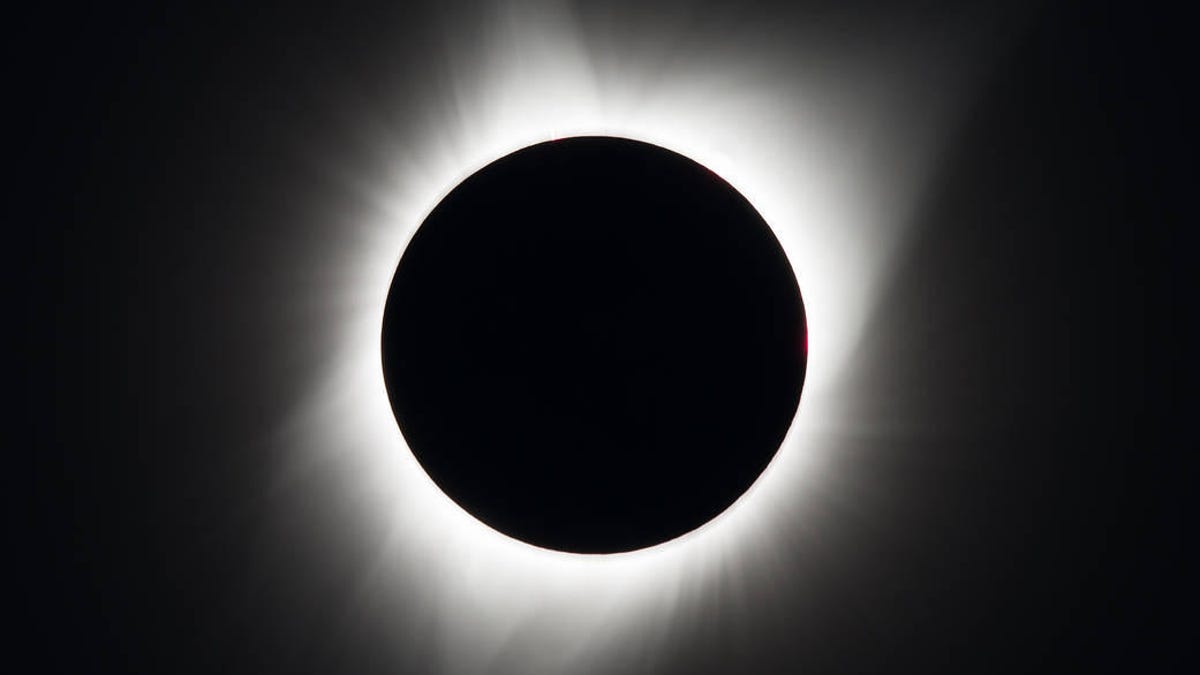How to watch the July 2 total solar eclipse from anywhere in the world
Solar eclipse 2019: South America will host the first total solar eclipse since 2017's great American eclipse Tuesday, and you can tune in to watch the magic.

The total solar eclipse of Aug. 21, 2017, as seen in Oregon.
The sun is about to pull a disappearing act. The Pacific Ocean, Chile and Argentina will get a great look at a total solar eclipse on Tuesday, July 2. If you can't get to South America, you can watch the eclipse action unfold live online as the moon casts its shadow onto Earth.
The eclipse will trace a path of totality (area of total darkening) over a narrow swath of the South Pacific, and then over land across Chile and Argentina.
San Francisco's Exploratorium museum will host a livestream of the view from the National Science Foundation's Cerro Tololo Observatory in Chile. The Exploratorium's live broadcast will include telescope views from Chile starting at 12:23 p.m. Pacific, and then coverage with commentary from the museum's experts and NASA scientists at 1 p.m. Pacific. You can choose between English or Spanish.
NASA TV will broadcast the Exploratorium feeds on its own livestream. You can also catch all the eclipse goodness through the museum's Total Solar Eclipse 2019 app for iOS and Android.
The European Southern Observatory will livestream the eclipse as seen from the La Silla Observatory near the Atacama Desert in Chile. That broadcast starts at 12:15 p.m. Pacific.
The Virtual Telescope Project, which has brought us exciting views of asteroids and eclipses in the past, will join the livefeed crowd through a partnership with the teams at the ESO and the Exploratorium. That stream starts at noon Pacific.
Eclipse fever swept the US in 2017. The upcoming July eclipse will be the first total solar eclipse since that event. Though the main path of the eclipse is relatively narrow, a good chunk of South America will still get to see the moon's shadow take a partial bite out of the sun.
A total solar eclipse is a cause for celebration. "One occurs on average at any specific location every 360 years," ESO says. We're fortunate to live at a time when your location on the globe doesn't matter. You can still be a witness to eclipse history.
Originally published June 29.

